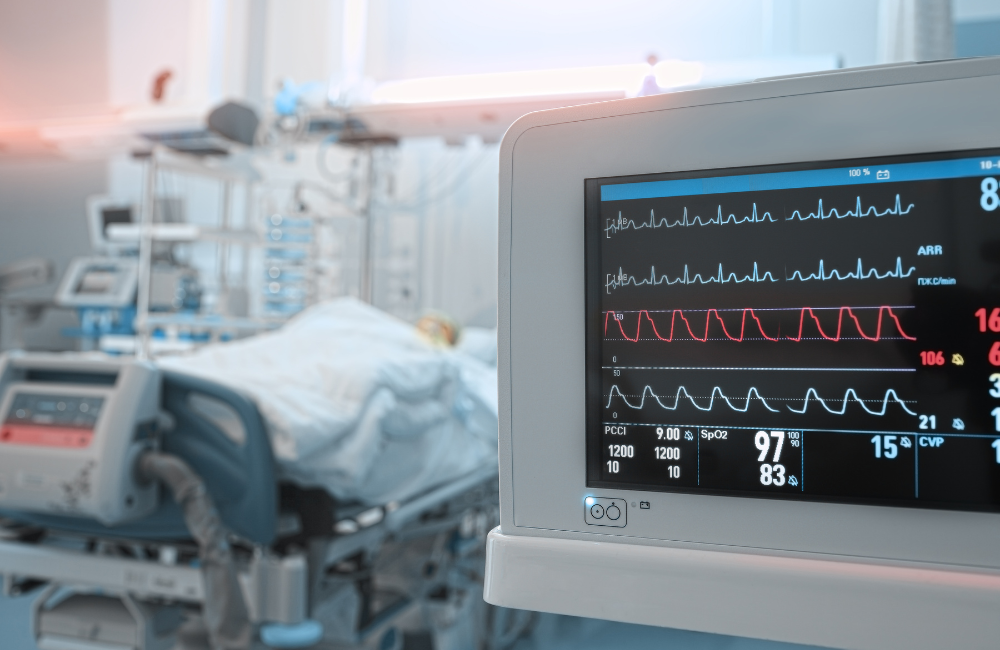Lighting is Making Headlines
According to the Wall Street Journal, companies are investing in new lighting technologies, including sophisticated lighting controls, as part of their effort to get workers to return to the office.
They are embracing the psychological and nonvisual brain function benefits of natural light and circadian rhythms by replacing harsh fluorescent lights with tunable LEDs.
The idea has merit. “We’ve known for a long time that natural light is better and makes people feel better, so it’s not a completely crazy idea,” says Peter Cappelli, a professor of management at the Wharton School who was quoted in the WSJ article.
Lighting Control
To embrace these benefits takes LED lights and advanced lighting controls. LEDs can be programmed for different colors to mimic natural light better.
Lighting controls control this lighting color as well as brightness, offer scheduling and occupant control and monitor lighting fixtures and other parts of the system.
Building owners determine light color, timing and occupant response and the lighting controls automate these changes.
These can also be matched with shading controls that open or close shades based on time of day and exposure. The system uses photocells to measure levels of natural light and artificial light. The system can even be programmed with longitude and latitude to match workers’ circadian rhythms.
BAS Integration Benefits
Occupancy data from lighting control sensors provides data on space utilization that can be used for on the fly meeting room reservations. These can be scheduled from a web interface that controls both the lighting and the air conditioning/heating.
This occupancy data can also help guide space planning efforts by identifying underused spaces that might be repurposed, or heavily used spaces that need expansion or reconfiguration.
Code Compliance
Unfortunately, many buildings still have fluorescent light fixtures in place that must be upgraded either by replacing the entire fixture or, if that is cost-prohibitive, by replacing only the ballast and keeping the fixture.
In many areas these fluorescent systems don’t meet energy efficiency building codes. This might require a complete retrofit of non-energy efficient fixtures. This could impact the ability to experiment with natural light in a building (but making the change could result in significant energy cost savings).
Conclusion
Building owners and companies are looking to make workplaces healthier for returning workers. Embracing natural light is a great way to make a difference. Contact your Albireo Energy lighting specialist to see how we can bring the benefits of a state-of-the-art lighting control system to your facility.







